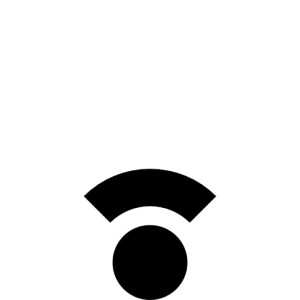Organizing hackathons is an incredibly tough endeavor.
You’ve got to line up sponsors, figure out the physical logistics, distribute timely and accurate information, and build autonomous and functional teams to carry out the weekend. You also have to deal with setting up a technical infrastructure that’s able to support the weight and bandwidth of a lot — and I mean a LOT — of laptops jumping onto the stream at the same time. This can be difficult enough for small hackathons like GeauxHack and HackISU, whose attendance numbers range between 80-200 hackers. This is even more so for a massive hackathon like MHacks, which this weekend saw over 1100 hackers competing at the event and logging onto the same network.
In a Medium post, MHacks Director Vikram Rajagopalan explained the difficulties and unique challenges they faced building up a temporary Wifi infrastructure to support their epic hackathon this past weekend, along with how they pulled it off.
A sample:
Hackers don’t bring two devices. They bring their laptop, their desktop, their smartphone, their mom’s iPad and grandmother’s Kindle Fire. All devices would have to connect to Wi-Fi. The probability of something going wrong was huge. We didn’t even need Murphy’s Law.
Check out Vikram’s Medium post, “Wi-Fi That Works,” here.
